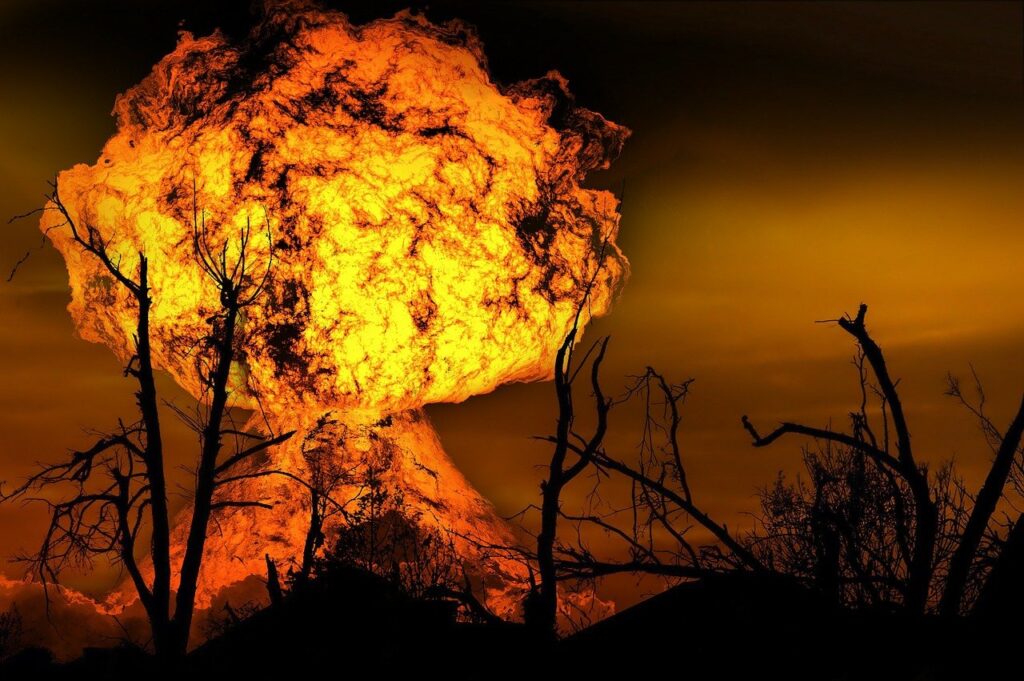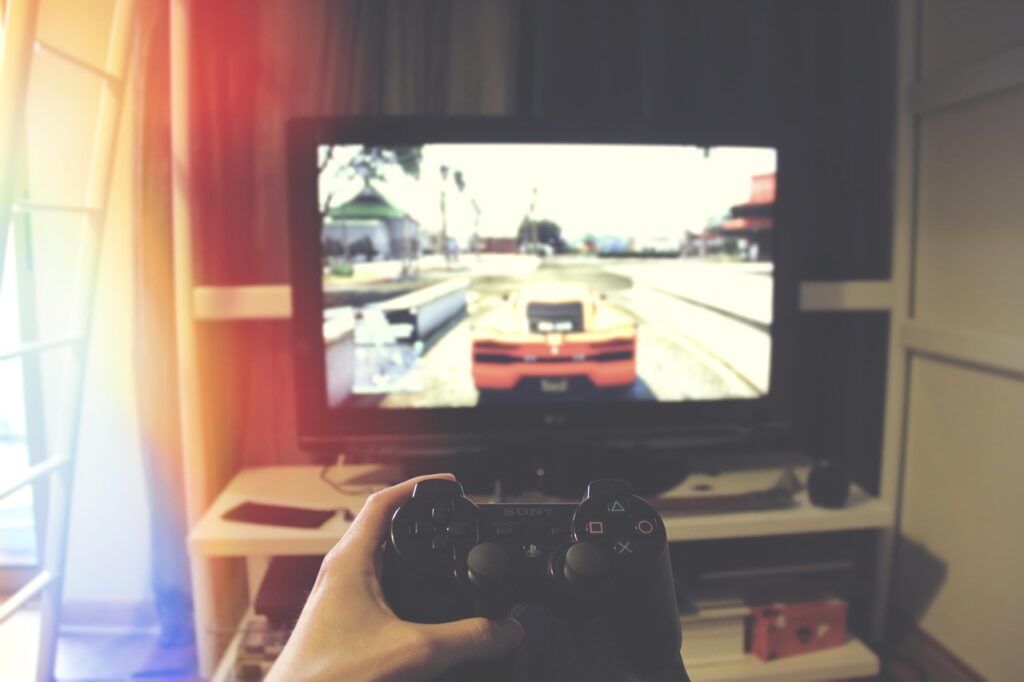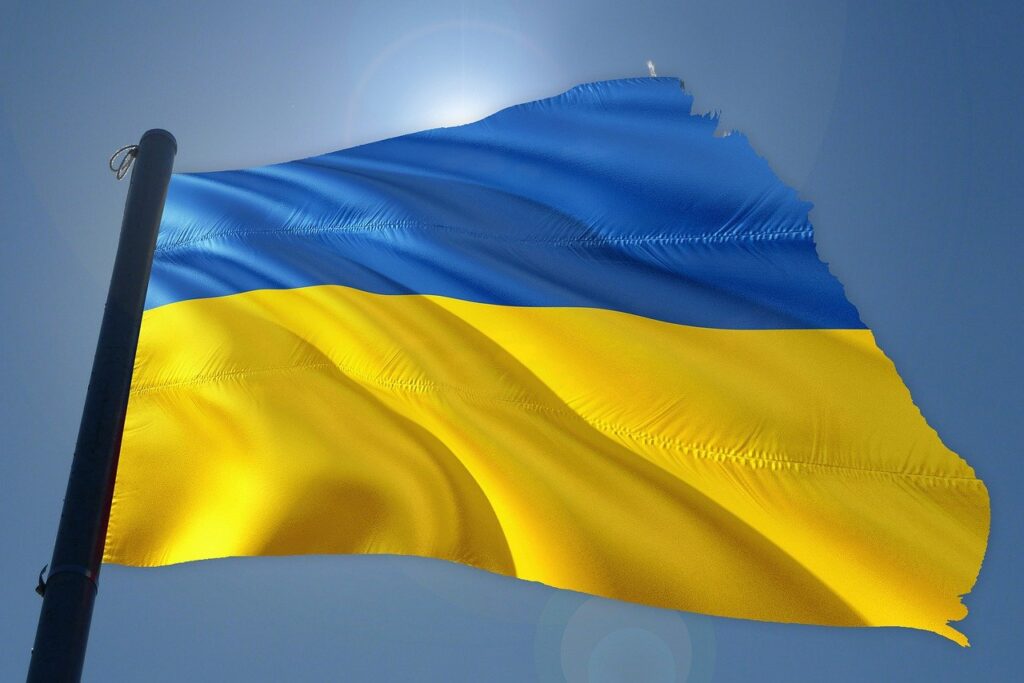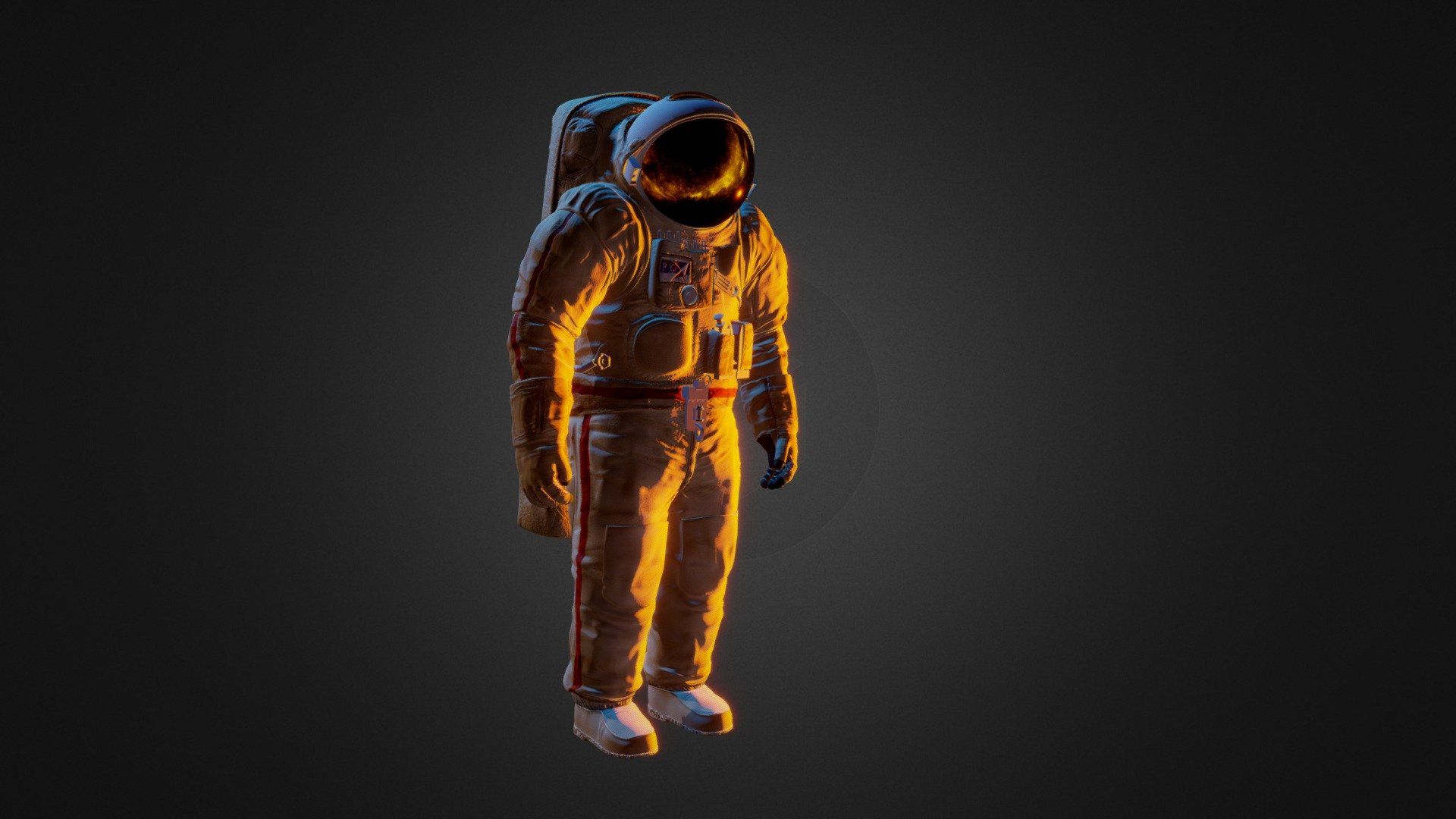
Oh, the 2000s! A decade that sometimes feels like yesterday, yet was packed with so much change, so many unforgettable moments, and some seriously wild trends. Whether you remember rocking flip phones, debating Myspace Top 8s, or watching the world grapple with entirely new global challenges, the ’00s were a rollercoaster of history in the making. It was a time when the internet truly exploded, reshaping how we connect, learn, and even shop, while the world simultaneously faced massive economic shifts and profound geopolitical upheaval.
From groundbreaking technological leaps that put the world at our fingertips to seismic events that redefined international relations, the aughts were a period of intense transformation. We saw economic powerhouses emerge, new forms of entertainment captivate millions, and critical conversations about our planet finally take center stage. It was a decade of contrasts: rapid progress alongside devastating conflicts and natural disasters, moments of global unity intertwined with deep divisions.
So, buckle up, millennials and Gen Z (and anyone else feeling nostalgic!), as we take a deep dive back into the ’00s. We’re going to explore the twelve biggest, most impactful moments and trends that totally ruled the decade, leaving an indelible mark on everything from our daily lives to the global stage. Get ready for some major throwbacks and a fresh look at just how much the ’00s shaped the world we live in today.
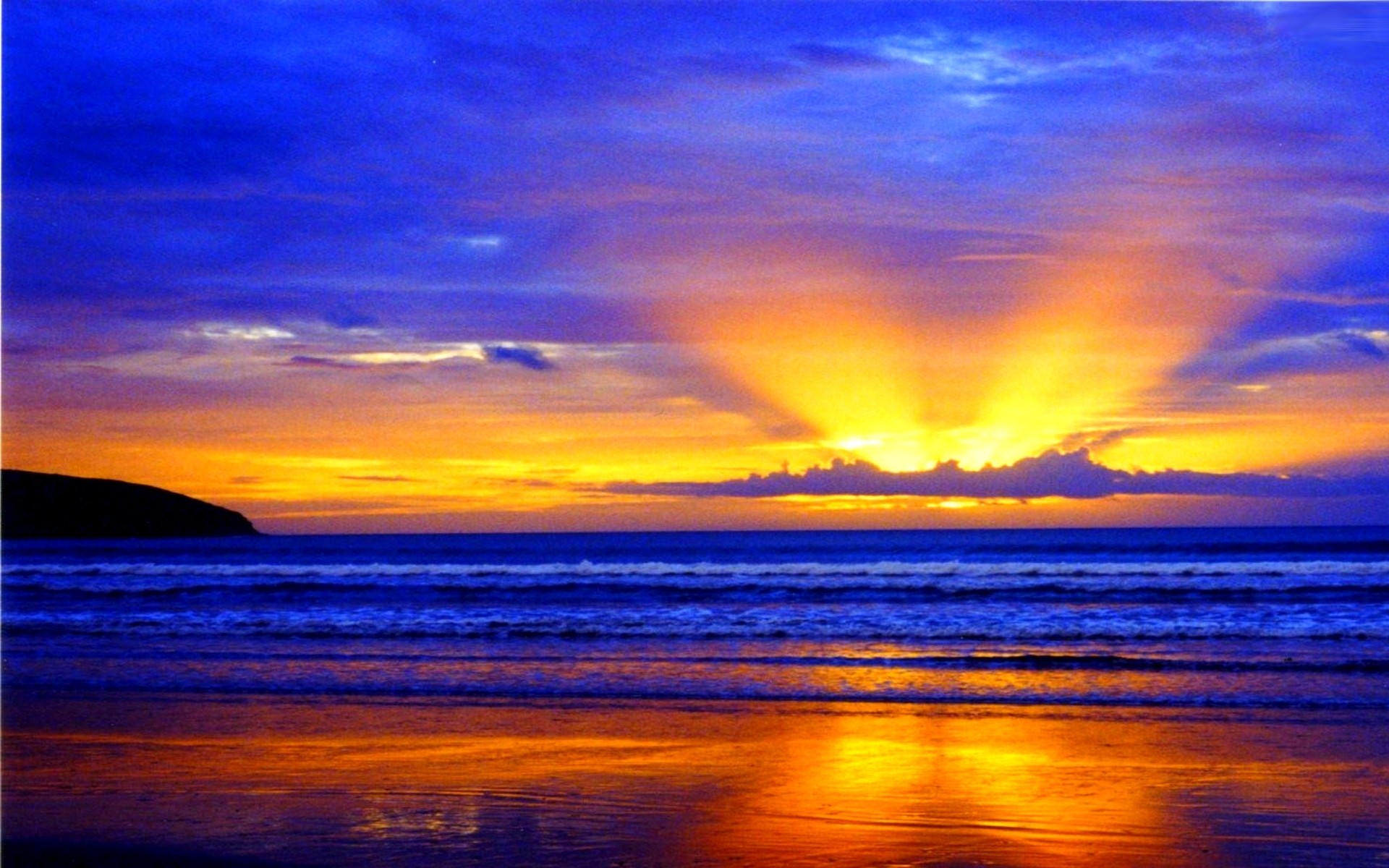
1. **The Dawn of the Internet Age: Social Media’s Explosion** Can you even imagine a world without the internet? Believe it or not, the 2000s were the decade when the web truly went mainstream, growing from covering a mere 6.7% to a staggering 25.7% of the world population! This monumental expansion wasn’t just about faster communication; it was about knitting the world closer together, making globalization feel real and immediate. Suddenly, distances felt smaller, and information was just a click away, revolutionizing how we connected with each other and the world around us.
Social networking sites burst onto the scene, offering entirely new ways for people to stay in touch, no matter how far apart they were, as long as they had internet access. Myspace was the undisputed king of this digital realm for most of the decade, allowing us to customize profiles with glitter graphics, curate our friend lists, and discover new bands. It was *the* place to be for connection and self-expression online, defining a generation’s digital identity.
But as with all tech trends, change was inevitable. By June 2009, a little platform called Facebook, which had started as a college networking tool, officially overtook Myspace in the number of American users. This shift signaled a new era in social media, one focused more on real-world connections and streamlined sharing, hinting at the digital landscape we know today. It was a pivotal moment in the evolution of how we socialize online.
Beyond social media, other internet giants solidified their places in our daily routines. Email continued its reign, swiftly replacing “snail mail” as the primary way of sending letters and messages across distances, making communication nearly instantaneous. Search engines like Google, along with YouTube, Ask.com, and Wikipedia, emerged as fundamental tools, becoming some of the top 10 most popular websites globally and forever changing how we access information and entertainment. Even e-commerce saw a shake-up, with Amazon surpassing eBay in 2008 as the most-visited online shopping destination. Meanwhile, old-school titans like AOL, Excite, and Lycos faded from the top ranks, and MSN saw its popularity dip, showcasing the brutal, fast-paced nature of the internet’s evolution. Yahoo! managed to maintain relatively stable popularity, holding its position as the most popular website for much of the decade.
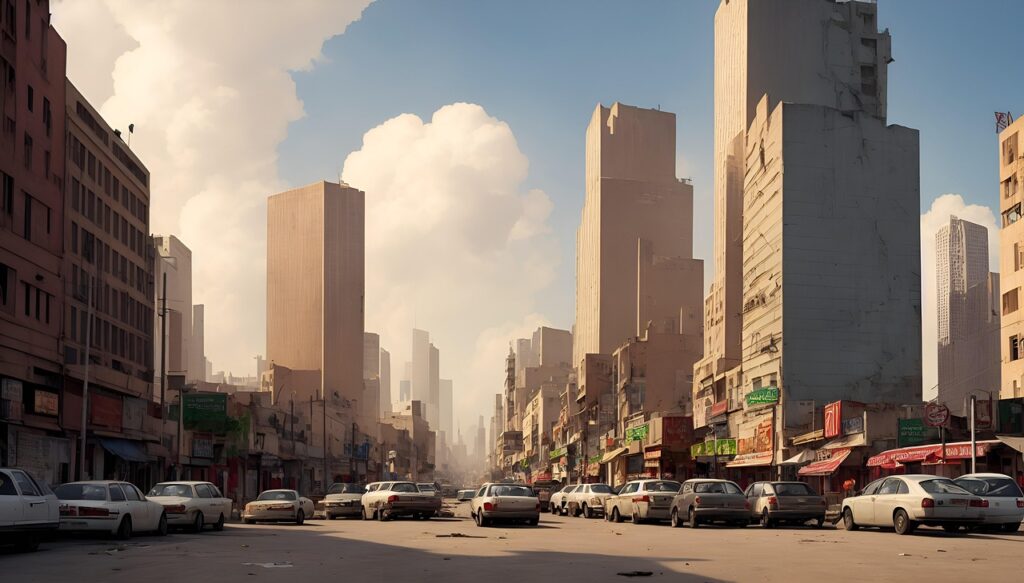
2. **Global Economic Shifts: Asia’s Rise and the 2008 Crash** The early part of the 2000s was a period of incredible economic dynamism, particularly in Asia. Economic giants like India and China experienced a long-predicted breakthrough, boasting double-digit growth for nearly the entire decade. These two most populous countries became increasingly dominant economic forces on the global stage, their rapid development fueling a sense of optimism about a truly globalized economy. It was a time when the world watched in awe as these nations reshaped the financial landscape..
However, this rapid catching-up of emerging economies with developed countries didn’t come without friction. It sparked some protectionist tensions during the period, as established economies grappled with new competition. This global demand, in part, was also responsible for an increase in energy and food prices towards the end of the decade, a subtle sign that the world’s economic balance was shifting in profound ways. The interconnectedness of global markets became undeniable.
The latter third of the decade, however, was dominated by a starkly different narrative: a worldwide economic downturn. This crisis began with a crisis in housing and credit in the United States in late 2007, a crack in the financial foundation that would soon spiderweb across the globe. What started as a domestic issue quickly spiraled, revealing deep vulnerabilities in the international financial system.
This spiraling crisis led to the bankruptcy of major banks and other financial institutions, sending shockwaves through markets worldwide. The outbreak of what became known as the 2008 financial crisis sparked the Great Recession, a downturn that began in the United States but swiftly affected most of the industrialized world. It was a stark reminder of economic fragility and the profound impact of interconnected global economies, leaving a lasting mark on public trust and financial policy.
3. **9/11 and the War on Terror: A Decade Defined** Few events in modern history have so dramatically altered the global landscape as the September 11 attacks in 2001. The horrific scenes of the Twin Towers of the World Trade Center on fire, the attack on the Pentagon, and the crash in Shanksville, Pennsylvania, resulted in nearly 3,000 killed. These acts of terror ripped through the fabric of the early 2000s, leaving an indelible mark on global consciousness and setting the tone for much of the decade’s geopolitical agenda.
In the immediate aftermath, the “war on terror” and the War in Afghanistan began. The United States, with support from allies like the United Kingdom, Italy, Spain, Canada, and Australia, invaded Afghanistan in 2001, seeking to oust the Taliban regime and find al-Qaeda mastermind Osama bin Laden. This military response marked the beginning of a prolonged and complex global effort to combat international terrorism, reshaping alliances and national priorities.
However, the war on terror generated extreme controversy around the world. Questions regarding the justification for certain U.S. actions, including the methods employed and the long-term strategic goals, led to a significant loss of support for the American government, both within and outside the United States. This period ignited intense debates about national security, civil liberties, and the nature of international intervention, topics that continue to resonate today.
Beyond Afghanistan, al-Qaeda and affiliated Islamist militant groups continued to perform terrorist acts throughout the decade. These included the devastating 2004 Madrid train bombings, the 7/7 London bombings in 2005, and the tragic 2008 Mumbai attacks. These incidents underscored the persistent and evolving threat of global terrorism, reminding the world of the widespread reach and destructive potential of such groups, and kept nations on high alert.
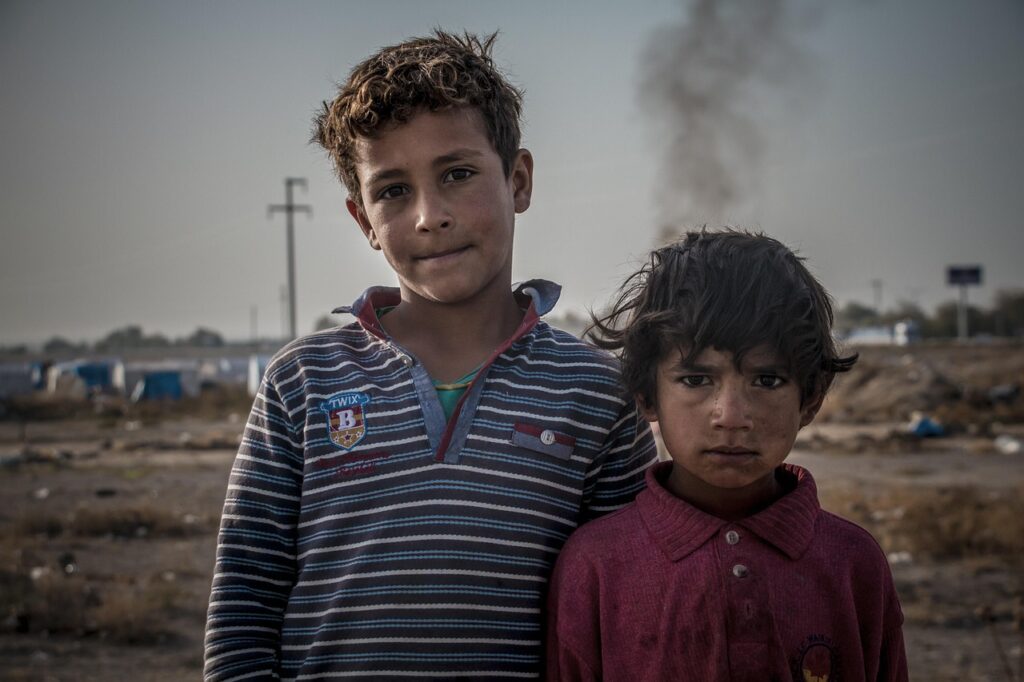
4. **The Iraq War: A Divisive Conflict** Following closely on the heels of 9/11, the Iraq War became another defining, and highly contentious, event of the 2000s. In 2003, a United States-led coalition, including the United Kingdom, Spain, Australia, and Poland, invaded Iraq. The stated aim was to disarm Iraq of weapons of mass destruction (WMDs) and to end Saddam Hussein’s rule, a move that fundamentally reshaped the geopolitical landscape of the Middle East.
The invasion quickly led to the end of Saddam Hussein’s rule as Iraqi President and the dissolution of the Ba’ath Party in Iraq, a dramatic shift in power dynamics in the region. However, the claims that Iraq had weapons of mass destruction at its disposal were later found to be unproven, sparking immense controversy and fueling widespread public skepticism about the war’s justification. This discrepancy profoundly impacted international trust and public discourse.
The war, which officially lasted until 2011, also led to sustained violence, not only against the coalition forces but also between various Sunni and Shia Iraqi groups, and saw the rise of al-Qaeda operations within Iraq. This complex, multi-layered conflict resulted in an estimated 110,600 casualties between March 2003 and April 2009, highlighting the immense human cost of the intervention. Saddam Hussein himself was eventually sentenced to death and hanged on December 30, 2006.
The Iraq War became a deeply divisive issue, both internationally and within the coalition countries, generating protests and debates that continued long after the main invasion. It significantly influenced global foreign policy, military strategy, and public opinion on interventionism, marking a troubled chapter in the early 21st century’s geopolitical narrative. Its legacy continues to be debated and analyzed, impacting regional stability to this day.
Product on Amazon: This Is War: Memories of Iraq
Binding: DVD Product Group: Single Detail Page Misc
Price: 50 USD
Rating: 4.2 Total reviews: 6
Genre: Military & War
Language: English
UPC: 723721767365
Global Trade Identification Number: 00723721767365
Shopping on Amazon >>
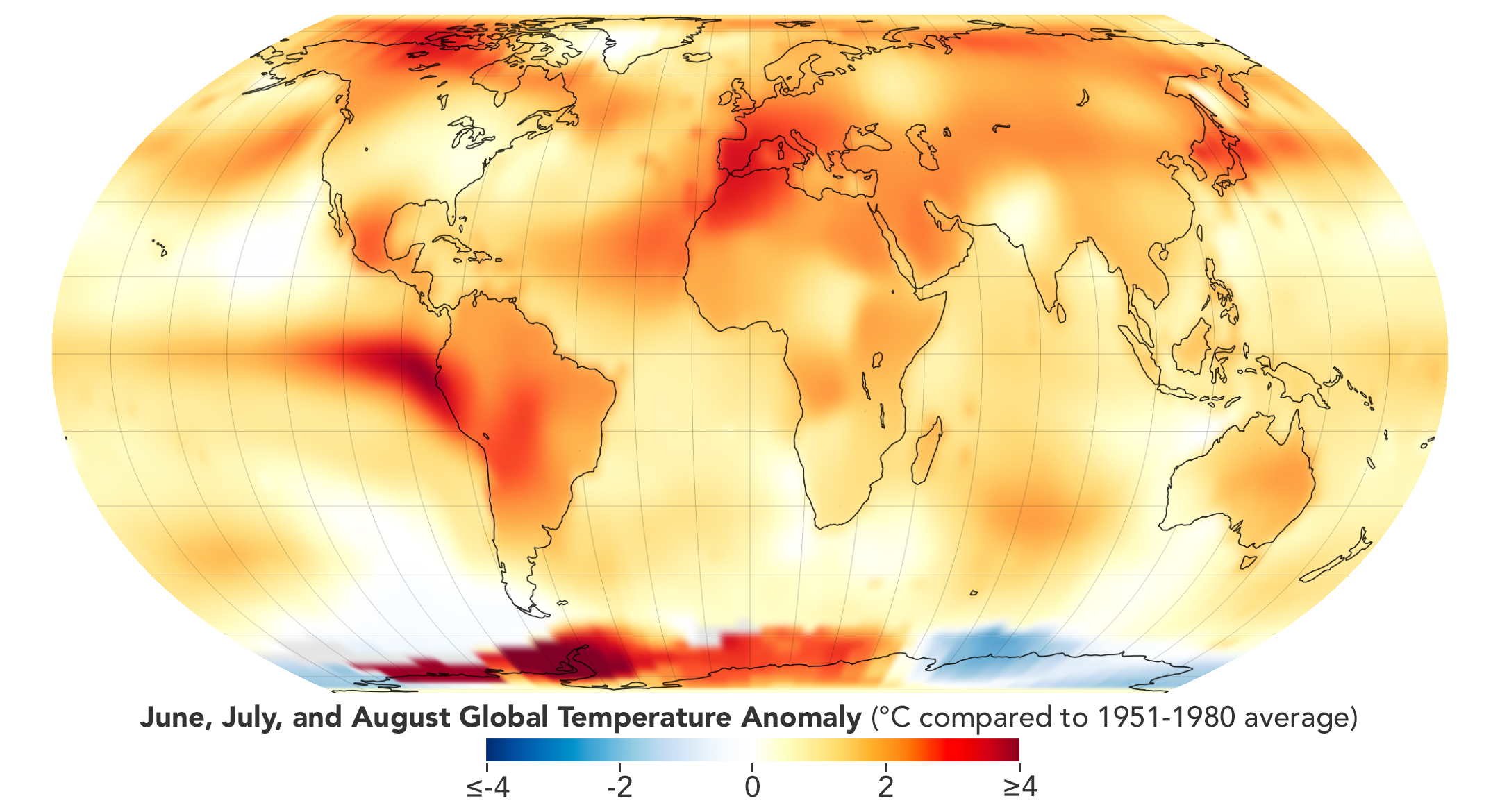
5. **Climate Change Takes Center Stage: Global Warming Concerns** While global events dominated headlines, another critical issue quietly, then loudly, gained prominence throughout the 2000s: climate change and global warming. What might have once been considered a fringe scientific concern became a common, urgent concern for governments, scientists, and the public alike. This decade marked a crucial turning point in understanding and addressing our planet’s environmental future.
During this period, prediction tools made significant progress, allowing scientists to better model and understand the potential impacts of a warming planet. UN-sponsored organizations such as the Intergovernmental Panel on Climate Change (IPCC) gained considerable influence, their reports becoming authoritative sources for policymakers worldwide. These scientific bodies provided increasingly stark warnings about the trajectory of global temperatures.
Crucially, studies like the Stern Review, which analyzed the economic impacts of climate change, helped to influence public support for paying the political and economic costs of countering it. This shift from purely environmental concern to a broader understanding of the economic and social implications was vital in galvanizing action and discussion across different sectors of society. It connected environmental policy to everyday costs and benefits.
The urgency of these discussions was underscored by the data: the global temperature kept climbing during the decade. In December 2009, the World Meteorological Organization (WMO) announced that the 2000s may have been the warmest decade since records began in 1850, with four of the five warmest years since that date occurring within this very decade. These findings were later echoed by NASA and the NOAA, solidifying the scientific consensus and demanding global attention.
Product on Amazon: Community Commerce Centers: The 21st Century Workplace
Binding: Kindle Edition Product Group: Digital Ebook Purchas
Price: 2.99 USD
Rating: 5.0 Total reviews: 1
Shopping on Amazon >>
6. **Cataclysmic Natural Disasters: The 2004 Tsunami** The 2000s were also a stark reminder of humanity’s vulnerability to the immense power of nature, as several cataclysmic natural disasters struck around the globe. None was more devastating or globally impactful than the 2004 Indian Ocean earthquake and its subsequent tsunami. This event, triggered by a massive 9.1–9.3 magnitude earthquake, became both the deadliest natural disaster and the most powerful earthquake of the 21st century.
The scale of the devastation was almost unimaginable. The colossal tsunami struck multiple nations across the Indian Ocean, unleashing its fury on coastal communities with little to no warning. It resulted in the tragic loss of over 230,000 lives and displaced well over a million people from their homes, forever altering the lives and landscapes of entire regions. The images and stories from this disaster resonated globally, prompting an unprecedented international humanitarian response.
This particular disaster highlighted the urgent need for better early warning systems and international cooperation in disaster relief. The sheer geographic spread of the tsunami’s impact, affecting countries from Indonesia to India and across to Africa, showcased the interconnectedness of our world and the shared human experience in the face of such profound tragedy. It galvanized efforts to build more resilient coastal communities and improved communication networks.
While the 2004 tsunami stands out, the decade saw other major natural disasters that left their mark. These included the destructive Cyclone Nargis in 2008, which devastated Myanmar, and significant earthquakes in Pakistan in 2005 and China in 2008. These events collectively underscored the increasing frequency and intensity of natural catastrophes, prompting crucial discussions about climate change’s role and the need for global preparedness and rapid response mechanisms. The collective memory of these disasters continues to shape how we approach environmental and humanitarian crises today.”
, “_words_section1”: “1948
Okay, if you thought the first half of the 2000s was a wild ride, just wait! Beyond the internet revolution and global shake-ups, this decade was a melting pot of cultural shifts and lingering international tensions that truly shaped the world we know today. From the silver screen to our gaming consoles, and from bestselling books to the looming shadow of nuclear concerns, the noughties were never, ever boring.
Get ready to dive back into the movies that defined our nights, the games that ate up our allowances, the books we devoured under the covers, and the intense geopolitical drama that kept the world on edge. It’s time to remember why the 2000s truly owned our hearts and minds!

7. **The Cinematic & Entertainment Revolution of the ’00s** Remember when movies started looking *really* different? The 2000s were a groundbreaking decade for film, largely thanks to the widespread adoption and incredible success of computer-generated imagery (CGI). Suddenly, animated worlds felt more real, and fantastical creatures leaped off the screen with unprecedented detail. This was clearly seen with the roaring success of 2001’s “Shrek” and 2003’s “Finding Nemo,” which didn’t just charm audiences but also set new benchmarks for what CG animation could achieve. In fact, “Finding Nemo” even became the best-selling DVD of all time, proving just how much we loved these digital marvels.
But it wasn’t just Hollywood getting in on the action. This decade also saw anime films finally gain the international exposure they deserved! Studio Ghibli’s masterpiece, “Spirited Away,” captivated audiences far beyond Japan, introducing a whole new generation to the magic and depth of Japanese animation. And speaking of groundbreaking visuals, 2009’s “Avatar” absolutely blew our minds, becoming the highest-grossing film and pushing the boundaries of what 3D filmmaking could achieve. It was truly a visual feast!
Beyond the big-budget blockbusters, the 2000s also saw a fascinating rise in the popularity of documentary and mockumentary films. Remember flocking to see “March of the Penguins,” laughing at the antics in “Borat,” or maybe even getting a little grossed out by “Super Size Me”? These films, along with others like “Surf’s Up,” proved that audiences were hungry for real stories—or at least, really funny takes on reality. Michael Moore’s “Fahrenheit 9/11” even became the highest-grossing documentary of all time, showing the power of film to engage with pressing global issues.
As internet speeds improved and digital technologies advanced, the way we consumed movies started to subtly shift. The conversion to digital cinema also began during this era, slowly but surely paving the way for the all-digital movie experience we’re so used to today. It was a decade where the very fabric of filmmaking and movie-watching began to transform, marking a truly exciting evolution for entertainment.
Read more about: Replaced on Set: The Casting Decisions That Destroyed These Actors’ Careers
8. **The Gaming Golden Age: Consoles, Portables, and Record Sales** If you were a gamer in the 2000s, you were living through an absolute golden age! This decade saw an explosion of innovation in video game consoles, bringing us some of the most iconic systems ever. We kicked things off with the PlayStation 2, Xbox, and GameCube, which battled it out for supremacy and delivered incredible experiences. Later in the decade, the next generation arrived with the Wii, PlayStation 3, and Xbox 360, each pushing the boundaries of graphics, gameplay, and how we interacted with our games.
But the fun wasn’t just confined to our living rooms. Portable gaming absolutely soared, giving us the freedom to game on the go. The Game Boy Advance kept us company on long car rides, while the Nintendo DS introduced us to dual screens and touch input, making for completely fresh gameplay mechanics. Not to be outdone, Sony also entered the portable market with the sleek PlayStation Portable (PSP), bringing console-quality graphics to the palm of our hands. These handhelds were total game-changers!
And let’s talk about the games themselves! The sales figures from this decade tell an amazing story. “Wii Sports” wasn’t just a game; it was a phenomenon, becoming the decade’s best-selling console video game and bringing gaming to a whole new audience with its intuitive motion controls. For portable enthusiasts, “New Super Mario Bros.” reigned supreme, solidifying its place as the decade’s best-selling portable video game. These titles created unforgettable memories and sparked countless hours of fun.
This era of gaming wasn’t just about technological advancements; it was about expanding the reach and appeal of video games. From casual family fun to hardcore competitive play, the 2000s delivered something for everyone, cementing video games as a central pillar of pop culture. It was a time of boundless creativity and incredible growth, setting the stage for the massive industry we see today.

9. **Literary Landscapes and Music Milestones** Beyond the screens, the 2000s also left an indelible mark on our bookshelves and playlists! When it came to literature, one name dominated the conversation: J. K. Rowling. Her “Harry Potter” book series continued its magical reign, making her the best-selling author of the decade overall. It’s hard to imagine the noughties without the constant buzz and excitement surrounding each new installment, drawing millions into the Wizarding World and sparking a global reading phenomenon.
However, while Rowling captured the hearts of many, she didn’t quite pen the single best-selling individual book of the decade. That honor, surprisingly for some, went to “The Da Vinci Code.” This thrilling mystery captivated readers worldwide, showcasing that even amidst fantastical sagas, a gripping, fast-paced contemporary novel could still take the top spot. It was a testament to the diverse tastes of readers during this period, proving that suspense and intrigue were just as potent as magic.
And then there was the music! The soundscape of the 2000s was incredibly varied, but when it came to sheer impact and dominance, one artist stood out. Billboard magazine, the authoritative voice in music, named Eminem as the music artist of the decade. His distinctive style, powerful lyrics, and consistent chart-topping success solidified his status as a cultural icon, resonating with millions and defining a significant portion of the decade’s sound.
Read more about: Unlocking the ‘Garage’ of Genius: Exploring the Rare Classics and Unique Talents of Icons Named Jay
10. **Shifting Global Map: New Nations and Controversial Borders** The geopolitical landscape of the 2000s wasn’t just about wars and economic shifts; it also saw significant changes to the world map itself, with nations gaining independence and borders being redrawn, sometimes controversially. One notable moment was East Timor, which finally regained its independence from Indonesia in 2002. While Portugal had granted it independence in 1975, it was swiftly invaded by Indonesia, making its 2002 recognition a long-awaited triumph after decades of struggle.
Europe also saw a redrawing of its lines. In 2006, Montenegro achieved independence from Serbia, marking the final dissolution of the 88-year-old Yugoslavia and signaling a new chapter for the Balkan region. Adding another layer of complexity, Kosovo declared its independence from Serbia in 2008. However, this declaration remains a point of contention, as its independence is still unrecognized by many countries around the globe.
Beyond these new nations, other significant shifts occurred. In 2005, Israel completed its unilateral disengagement from 25 Jewish settlements in the Gaza Strip and West Bank, a move with profound implications for regional dynamics. Later in the decade, in August 2008, Russia formally recognized the disputed Georgian regions of Abkhazia and South Ossetia as independent states, a declaration largely rejected by the vast majority of United Nations member states, who maintained that these areas belonged to Georgia. These events collectively illustrate a decade where national identities and territorial claims were continuously asserted, debated, and at times, violently contested.
11. **The Persistence of Regional Conflicts: Africa, Latin America, and Asia** While major international wars dominated headlines, the 2000s were also tragically marked by numerous regional conflicts and civil wars that continued to cause immense suffering and displacement across the globe. One of the most devastating was the Second Congo War, which ended in July 2003. This conflict, mainly in the Democratic Republic of the Congo, earned the grim epithet of “Africa’s World War” due to its direct involvement of nine African nations and approximately twenty armed groups. An estimated 3.8 million people died, mostly from starvation and disease, making it the deadliest conflict since World War II, with millions more displaced.
Another deeply troubling conflict was the War in Darfur, which began in 2003 in western Sudan. This armed conflict pitted the Sudanese military and the Janjaweed militia against rebel groups like the Sudan Liberation Movement/Army and the Justice and Equality Movement. The conflict led to millions being displaced and vast numbers of casualties, with some non-governmental organizations claiming over 400,000 deaths. The gravity of the situation prompted former U.S. President George W. Bush to call the events a “genocide,” and the U.S. Congress passed a resolution declaring it a state-sponsored genocide.
Moving to Latin America, the Mexican drug war, which officially began in 2006, quickly became a brutal and complex armed conflict. Rival drug cartels, empowered since the decline of Colombian cartels, battled each other and the Mexican Armed Forces for control of lucrative trafficking routes into the United States. This escalating violence led to more than 16,851 people being killed between December 2006 and November 2009 alone, highlighting the severe internal security challenges faced by the country.
In Asia, the Naxalite–Maoist insurgency in India, a conflict with roots stretching back to 1967, grew “alarmingly” during the 2000s. Prime Minister Manmohan Singh even declared the Naxalites “The single biggest internal security challenge ever faced by our country” in 2006, and by 2009, admitted the country was “losing the battle.” This ongoing conflict between Maoist groups and the Indian government demonstrated the enduring nature of ideological struggles and their devastating impact on civilian populations, showcasing a global struggle for control and influence that played out in many corners of the world.

12. **Nuclear Anxieties: Iran, North Korea, and the Doomsday Clock** As if global conflicts and economic turmoil weren’t enough, the 2000s also brought a chilling return of nuclear anxieties, reminding the world of the ever-present threat of atomic proliferation. Since 2005, Iran’s nuclear program became a major point of contention with Western nations, fueled by suspicions that its civilian technology could be diverted to a weapons program. This led to the UN Security Council imposing sanctions, further isolating Iran economically and keeping the international community on high alert regarding its nuclear ambitions.
North Korea, meanwhile, actively demonstrated its nuclear capabilities, successfully performing two nuclear tests during the decade—one in 2006 and another in 2009. These tests were stark reminders of the country’s defiant stance and its determination to develop a nuclear arsenal, sending ripples of concern through global security circles and highlighting the complexities of non-proliferation efforts.
Adding to the regional tensions, “Operation Orchard” saw Israel bomb what was believed to be a Syrian nuclear reactor on September 6, 2007. This facility was thought to be built with the aid of North Korea, and while Syria denied it, both the White House and the CIA later declared that American intelligence indicated the site was indeed a nuclear facility with a military purpose. This incident underscored the clandestine nature of nuclear development and the willingness of nations to take pre-emptive action.
The overall climate of nuclear apprehension was symbolically reflected by the Doomsday Clock, which moved four minutes closer to midnight during the decade—two minutes in 2002 and another two in 2007, settling at a worrying five minutes to midnight. This stark symbolic representation served as a constant, somber reminder of the perceived threat of nuclear annihilation, encapsulating the decade’s renewed sense of vulnerability and the critical need for diplomatic resolution in a world grappling with these potent dangers.
The 2000s, it’s clear, were a decade of relentless momentum and profound shifts. From the vibrant pixels of our favorite games and films to the urgent dialogues about our planet and the tense standoffs on the global stage, it was a period that reshaped economies, cultures, and international relations in ways we’re still feeling today. So, next time you hear a throwback track or spot a vintage tech gadget, take a moment to appreciate just how much history was packed into those ten unforgettable years. The noughties weren’t just a decade; they were a blueprint for the 21st century!


